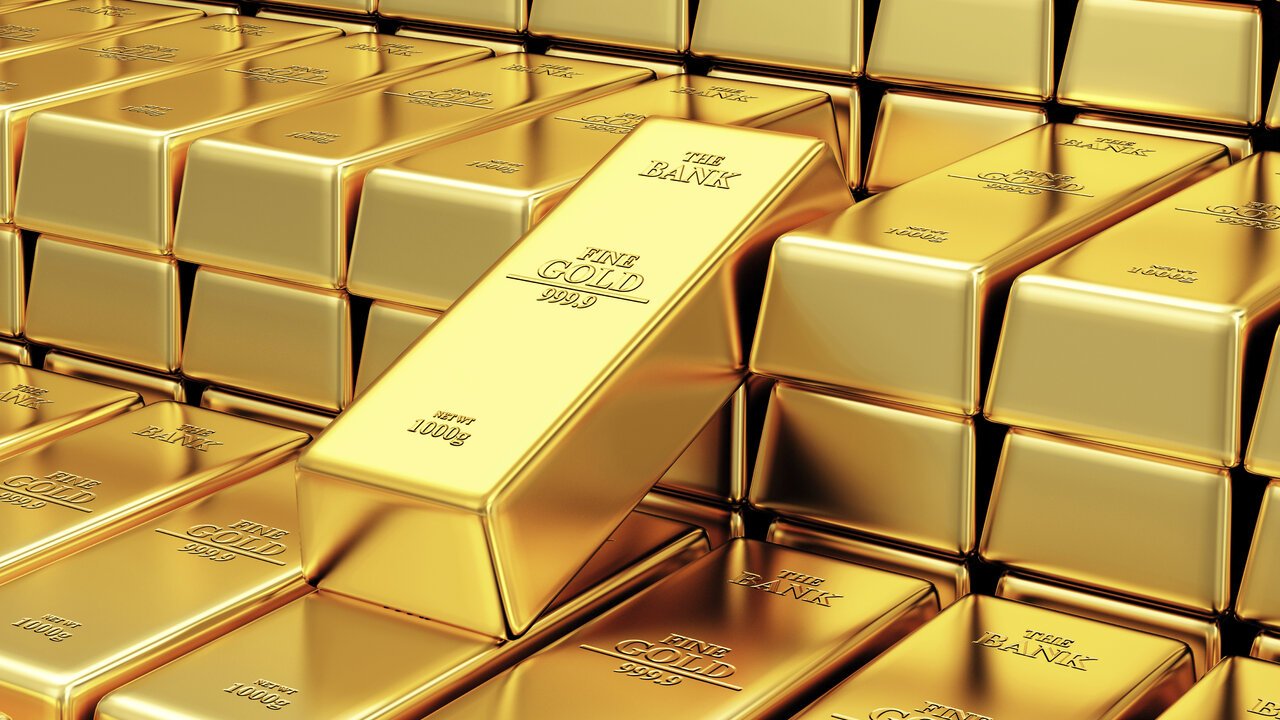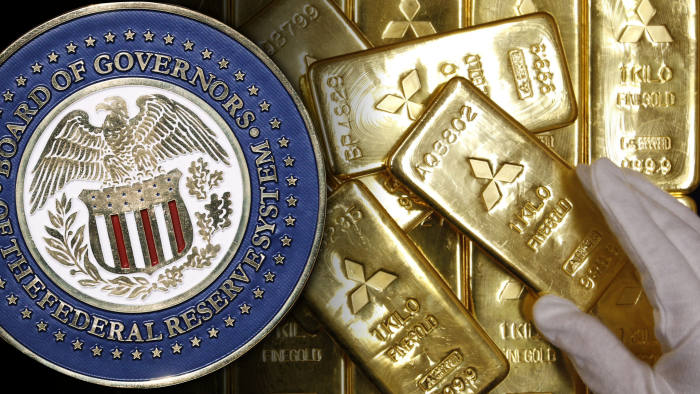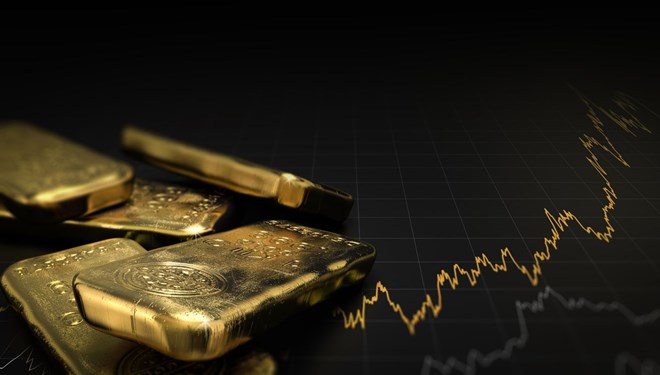Gold is perhaps the longest lasting human passion. This passion has been so great since the first time it was encountered that this desire has not been limited to the effort to possess it, gold has become the greatest common value unit of all humanity. Gold has also triggered man’s inquisitive side. Alchemy, the most primitive form of chemistry, was born and developed with the desire to obtain gold. But what is gold and why is it so valuable? Before we can discover what makes gold gold, we need to understand why it shines.
Why do metals shine?
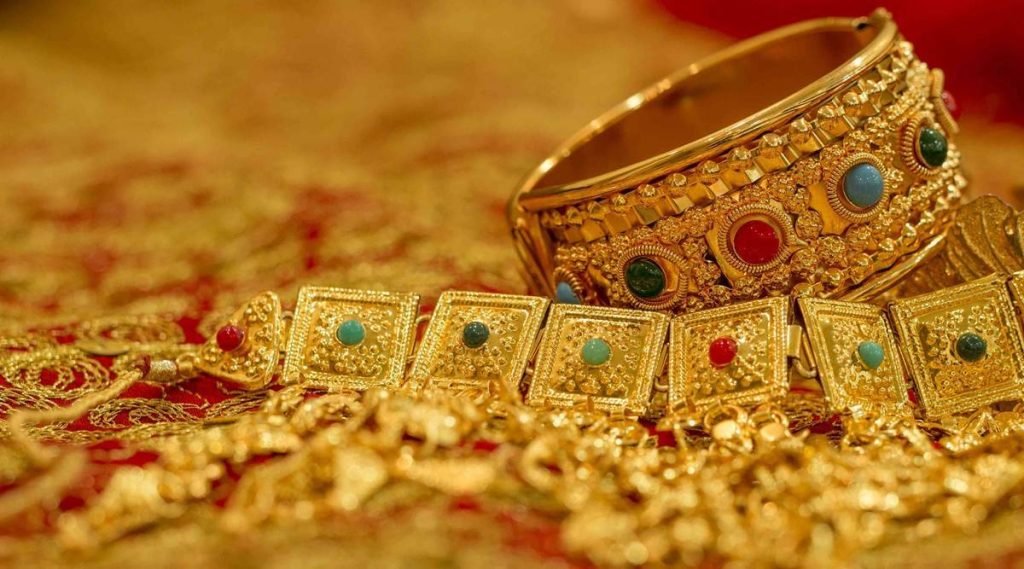
The simple answer is “because light reflects off the surface”. But this is really quite a simple answer. We know that metals are good conductors of heat and electricity. This is possible thanks to loosely bound electrons moving freely around the nucleus. Scientists call this a sea of electrons. Light is an electromagnetic wave made up of electric and magnetic fields. When light hits any metal, its magnetic field creates a ripple in the sea of electrons. The electrons absorb the energy from the light and vibrate with the frequency of the light they absorb. In this case, the pool of negatively charged electrons moving as a result of the incident light creates an electric field. The electrons then produce a second light wave. This second wave of light reflected from the metal makes it appear shiny. This reflected light is a mixture of wavelengths of all the colors in the visible region. This is what gives most metals a grayish sheen.
Unlike most metals, gold glows yellow. It is because of this yellow glow that we value gold. But from a chemical point of view, gold and silver should have the same silver luster. At this point, we need to introduce other concepts to explain the color of gold. This would be a mixture of quantum mechanics and Einstein’s Special Relativity.
Why does gold glow yellow and not gray?
Gold is the 79th element of the periodic table and is denoted by the symbol Au. The nucleus of gold consists of 79 neutrons and 79 protons, making it heavy and dense. According to the Bohr model of the atom, electrons move in orbits around the nucleus. They retain a certain amount of kinetic energy to avoid being attracted to the nucleus. Because of the size of gold atoms, their electrons move at more than half the speed of light. Einstein’s theory tells us that at these speeds the mass of the electrons increases. This increase in mass narrows the path the electrons have to travel around the nucleus. Atoms all have s, p, d and f orbitals, which have different shapes. Under this effect, s and p are most pronounced.
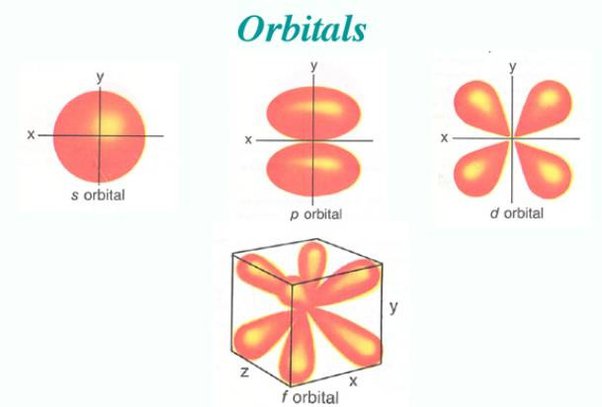
As a result, all s orbitals in a gold atom are attracted to the nucleus. This effect is more pronounced in the outermost 6s orbital of gold. This reduces the distance between the last orbitals 6s and 5d. Since the energy difference is smaller, the excitation energy required for electron transfer from the 5d orbitals to the 6s orbital is smaller. This is why gold strongly absorbs blue-violet light and reflects yellow-red light.
Why did we choose gold as a currency?
Gold is the only element in the periodic table that humans have chosen as currency. So why not osmium or chromium? Let’s think about the periodic table. Noble gases and halogens can never be a currency, we can eliminate this group. Alkaline metals and alkaline earth metals are also very reactive, we can eliminate them from the list. Let’s also remove the radioactive ones. After all, we don’t want what we put in our pockets to give us cancer. It is also necessary that what is chosen as currency should be rare. With this way of thinking, we can also eliminate the elements in the periodic table that are abundant in nature. In fact, when we examine the periodic table one by one, you will realize that each box has an inconvenient feature to be used as currency. Some are very rare, some are very difficult to melt and process.
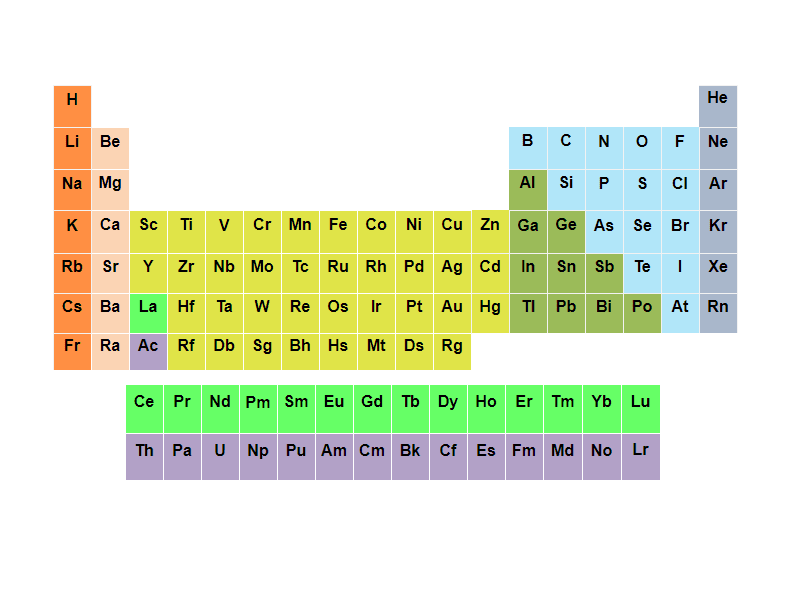
All this leaves us with five elements: rhodium, palladium, silver, platinum and gold. And all of them are considered precious metals. It is important to remember, by the way, that the table has been updated over time and not all the boxes were filled from the beginning. Therefore, we should also delete rhodium or palladium from the list, as they were not discovered until the early 1800s. Platinum has a melting point of 1,768 degrees Celsius, so if we delete it, we are left with gold and silver. Silver tarnishes when it comes into contact with air and cannot retain its precious appearance for long. We are left with only gold. Gold, which is quite rare in nature but almost unadulterated, is not affected by air and water, so it does not tarnish and rust, and can be easily processed, has perhaps succeeded in becoming the common passion of humanity with these features.

